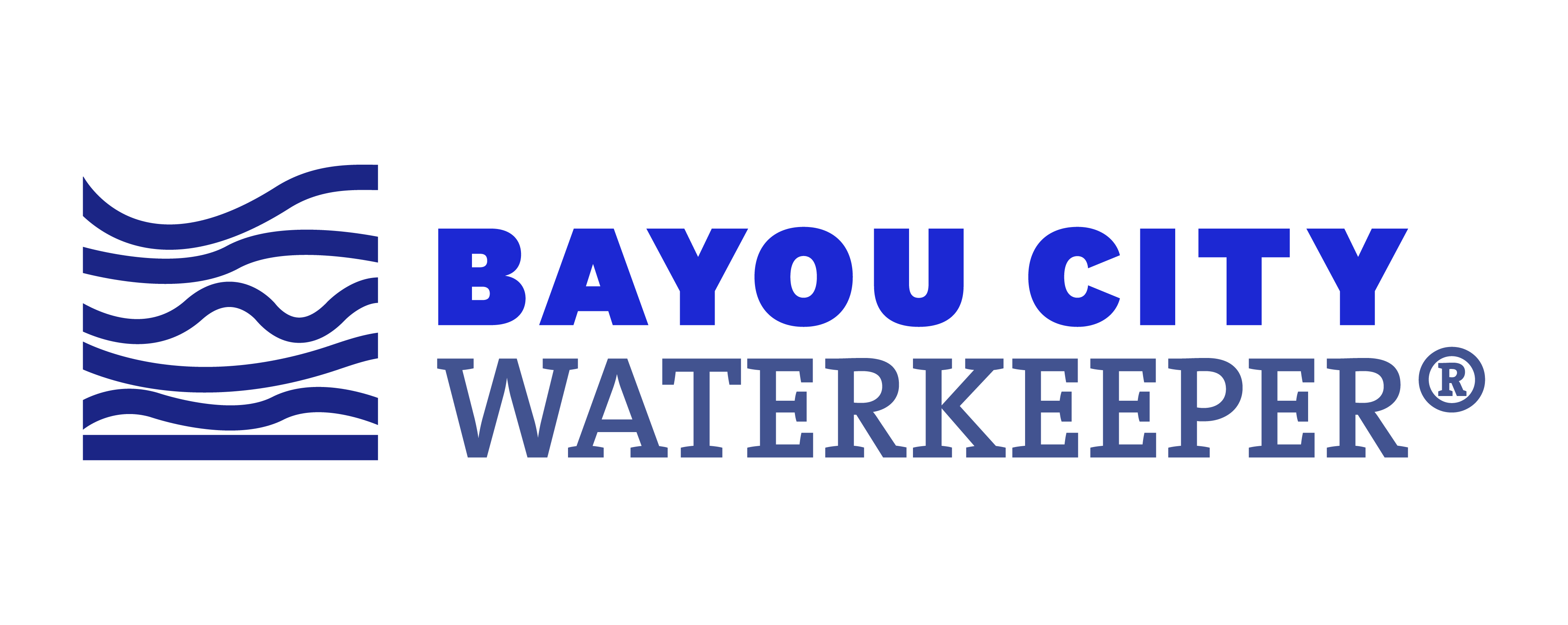This op-ed originally appeared in the Galveston Daily News on March 25, 2018. To read the original article, please visit the Daily News’ website here.
By JORDAN MACHA & JOANIE STEINHAUS
While discussions of how to protect our coastal communities on the upper Texas coast is nothing new, the hurricane season of 2017 has strengthened the need and rhetoric around providing protection from ever-increasing storms and its surge impacts.
For years, the silver bullet coastal barrier option has centered around the coastal spine — commonly known as the Ike Dike — and what could be one of the costliest public infrastructure projects in U.S. history.
Those of us living on or near the coast know that great rewards sometimes come with its own risk. Living along the Gulf of Mexico provides immediate access to the beauty and bounty that our coastal waters, bayfront, and barrier islands provide. However, living within floodplains, wetlands and storm surge zones pose significant challenges, making each of us vulnerable to the impacts of water and wind.
Despite these challenges, there are ways we can live in harmony with what Mother Nature has provided and our own built environment. This balanced approach does not necessarily require an engineered solution — but the willingness to be creative and implement multiple methods that protect our communities and the ecosystem we rely on.
By working with — rather than against — nature, we can keep people out of harm’s way and sustain our coastal communities into the future.
 To date, we have only seen our decision-makers seriously consider alternatives with a heavy emphasis on new construction. These proposals pose not only a significant risk to the ecosystem of the island, but also our pocketbooks as each of these carry a heavy price tag that taxpayers will bear the brunt of maintaining.
To date, we have only seen our decision-makers seriously consider alternatives with a heavy emphasis on new construction. These proposals pose not only a significant risk to the ecosystem of the island, but also our pocketbooks as each of these carry a heavy price tag that taxpayers will bear the brunt of maintaining.
If past is prologue — the preservation of natural resources has historically and consistently proven to protect our economic and social values. We are no longer in the era of unprecedented storms — we need to be prepared. Engineered alternatives, like the Ike Dike, are costly and come with significant risk. Working with, and reinforcing, natural systems provide a cost-effective, feasible alternative that will protect people from the effects of storm surge, but also safeguard those natural areas we love around Galveston Bay.
Please join us for a public forum at 6 p.m. March 27 in the Fox Room on the fourth floor at Rosenberg Library, 2310 Sealy St., in Galveston. In addition to Bayou City Waterkeeper and Turtle Island Restoration Network, representatives from Houston Audubon and Galveston Bay Foundation will be on-site to discuss the proposed alternatives for coastal barrier protection as well as the potential environmental impacts of these structures.
Jordan Macha is executive director of Bayou City Waterkeeper and Joanie Steinhaus is the program director of the Gulf of Mexico branch of the Turtle Island Restoration Network.
